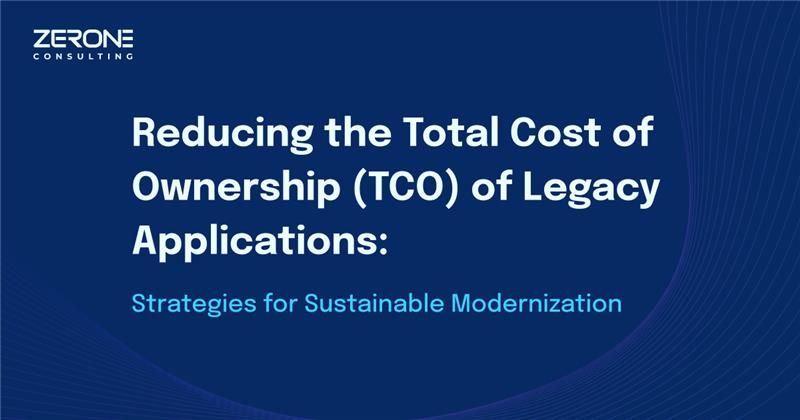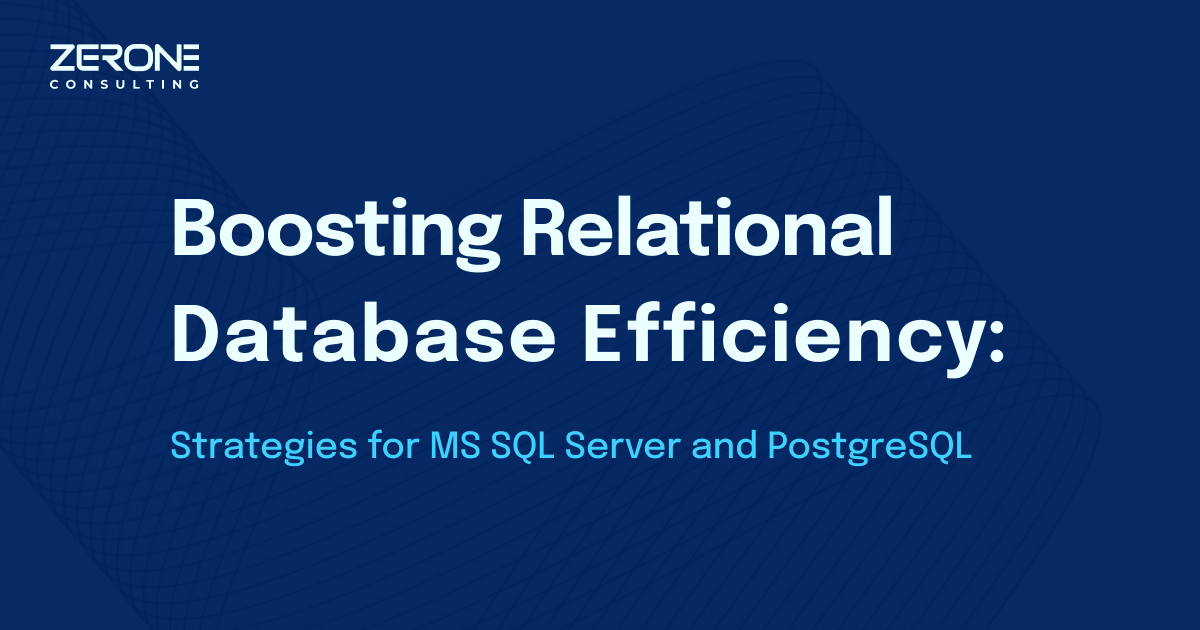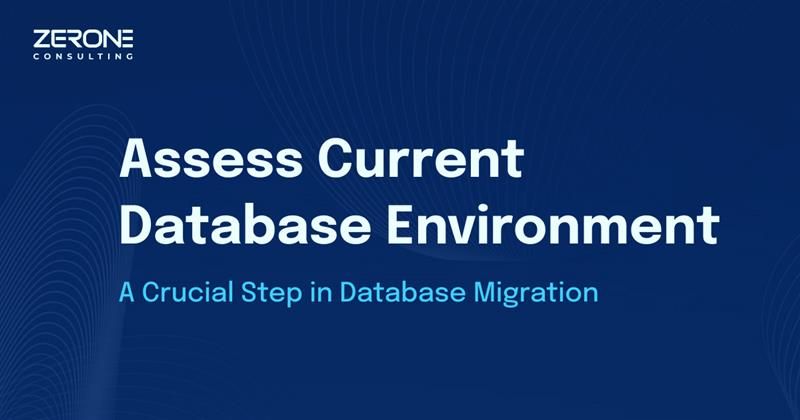Optimizing Legacy Applications: Effective Strategies for TCO Reduction
The strategic modernization of legacy systems serves both technical purpose and gives organizations the chance to reduce their Total Cost of Ownership (TCO) substantially. Introducing modernization to systems brings initial investment costs but leads to significant yearly operational cost reductions that reach a maximum of 35%. Numerous organizations face challenges when they try to modernize their systems because they want to manage both modernization costs and system stability.

This section presents implementation strategies that lower the TCO of legacy applications by emphasizing economical modernization alternatives. Your selection between cloud or automation and agile practices along with your application update choices allows you to achieve TCO savings which guarantee your applications remain scalable and support business goals.
Assess and Prioritize Modernization Efforts
A systematic evaluation of your systems should be performed before starting modernization work. Such early assessments generate both financial efficiency and time-saving results in the long term. The application inventory process reveals your business's most essential systems as well as dependent features which must receive immediate attention. Insufficient system evaluation at this stage results in project delays combined with unforeseen expenses. A “business impact matrix” serves as a valuable resource to evaluate applications based on their impact on financial operations and strategic alignment as well as operational efficiency. The business objectives will direct your team toward high-priority projects through smart decision making processes.
Evaluate Modernization Options (Rehosting, Refactoring, Replatforming)
The solution for modernization does not exist in a standard format. Every application requires separate strategic planning. Your assessment of modernization choices should consider return on investment (ROI), risk and long-term flexibility factors to select between rehosting, refactoring and replatforming. The implementation of rehosting enables quick cost savings and fast deployment times while refactoring leads to increased durability for essential applications according to our company's experience. Striking the proper ratio between these three alternatives leads to maximum cost reduction now and durable enhancement of operational capabilities.
Leverage Cloud Migration for Cost Efficiency
Companies gain major cost benefits by moving legacy systems to the cloud infrastructure although migration demands thorough blueprint development. Start with less critical applications. Select a cloud migration partner who will help you prevent standard difficulties during transition and fulfill best practice standards. Your cloud migration plan needs a two-step approach which starts with evaluating your system infrastructure followed by careful planning that includes goal settings alongside first-phase deployment of low-risk apps. The process of migration requires setting cost controls before you perform comprehensive testing and establish performance monitoring to achieve optimization. The migration process becomes easier with frameworks such as AWS and Microsoft Cloud Adoption.
Adopt Modular and Microservices Architecture
Legacy system migration to cloud infrastructure brings extensive cost benefits to companies but requires specific blueprint development to proceed with migration. Start with less critical applications. Choose a cloud migration partner whose team will protect you from typical implementation problems while also enabling the use of best practice methods. Your cloud migration initiative requires twofold process starting from infrastructure assessment before establishing strategic plans and implementing low-risk application deployment in the first deployment phase. Before starting migration tests and performance optimization the setting of cost controls and execution is necessary. The migration process simplifies when organizations use frameworks that include AWS and Microsoft Cloud Adoption.
Implement Automation for Maintenance and Monitoring
Over thirty percent of IT team resources are generally allocated to support legacy applications. Automation brings maximum efficiency gains to monitoring and maintenance routines because of its features. Through system implementation and automation our team helped reduce health service provider server performance tracking system interruptions by 60% while allowing their programmers to work at a higher system level. When AIOps artificial intelligence merges into IT operations it enables systems to acquire real-time analytics along with forecasting abilities. Full automation benefits require the selection of tools that meet existing IT infrastructure without wasting resources.
Evaluating Recurring Expenses in Legacy Systems
A substantial proportion of legacy applications' total costs originate from recurring spending amounts. The sum total of maintenance costs, licensing payments and old equipment along with poor resource distribution becomes significant. Applications maintained on proprietary systems tend to cost organizations more to support and update than cloud-based contemporary systems do. Inefficient operational expenses related to energy consumption and storage increase because suboptimal architecture is implemented. A detailed cost evaluation will reveal the chance to bring resources together while finding budget-friendly licensing plans along with a transition to flexible systems infrastructure to minimize continuous costs and open doors for lasting system upgrades.
Conclusion
Organizations depend on lowering TCO of legacy applications to excel in their market while enhancing operational efficiency and achieving maximum savings. Businesses achieve cost reduction and develop flexible future-ready systems through assessment of core systems followed by optimal modernization methodology selection along with cloud migration and automated and efficient infrastructure management. The goal of modernization exceeds cost-cutting because it builds a technological framework able to evolve with business expansion yet adjust to changing requirements and sustain prolonged commercial achievement. A strategic implementation enables organizations to construct a sustainable IT infrastructure that produces operational and financial benefits which will extend across multiple years.
We can help!
Optimizing Relational Databases: Sql Server & Postgresql
#Applicationre-engineering
Assess Current Database Environment: A Crucial Step In Database Migration
#Applicationre-engineering




